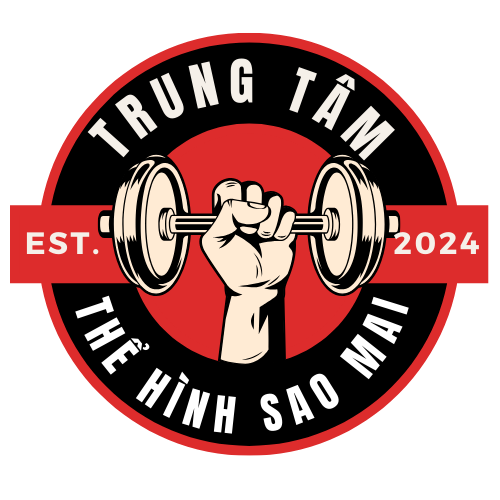A 2013 Vietnamese historical action film stands as a cultural paradox – a financial triumph that earned 52 billion VND (exceeding threefold its 17 billion VND budget) while facing scathing critical reception.
## Production Background and Ambitions https://mynhanke.net/
### Visionary Origins and Industry Context
Conceived initially as *Chân Dài Hành Động* (Action Long Legs), the enterprise symbolized the filmmaker’s ten-year vision to produce Vietnam’s counterpart to *Crouching Tiger, Hidden Dragon*. At a time when domestic films vied with foreign releases like *The Avengers* (47 billion VND) and *Transformers 3* (41 billion VND), the director aimed on harnessing emerging 3D technology while exploiting Vietnam’s growing middle-class theater attendance.
### Technical Innovations and Challenges
As the country’s follow-up 3D production after 2011’s *Đường Đua Kỳ Án*, the film pushed technological boundaries through:
1. **Location Scouting**: Employing Cam Ranh’s coastal landscapes in Khánh Hòa Province to construct an captivating “Đường Sơn Quán” inn environment, with most footage captured on location using advanced cinematography tools.
2. **Costume Design**: Reimagining traditional four-flap dress with strategic cutouts and translucent fabrics, igniting debates about heritage authenticity versus objectification.
3. **Post-Production**: Partnering 3D conversion to South Korean studio Dexter Digital, known for work on *The Host*, at a cost representing 23% of total budget.
## Narrative Structure and Character Dynamics
### Plot Architecture and Thematic Contradictions
Set in mythical Đại Việt, the story revolves around Kiều Thị (Thanh Hằng) commanding a group of assassin courtesans who raid corrupt officials. The script features progressive elements like Linh Lan’s (Tăng Thanh Hà) same-sex narrative with Kiều Thị – Vietnam’s premiere LGBTQ+ representation in classic genres. However, critics noted conflict between purported feminist themes and the camera’s voyeuristic focus on wet-shirted fight scenes and group bathing scenes.
### Character Development Shortcomings
Despite an stellar lineup, VnExpress critic Kỳ Phong observed characters appeared “as flat as rice paper”:
– **Kiều Thị**: Promoted as deep anti-heroine but simplified to stony expressions without character nuance.
– **Linh Lan**: Tăng Thanh Hà’s transition from romantic lead (*Dẫu Có Lỗi Lầm*) to martial artist resulted jarring, with mechanical line delivery weakening her revenge motivation.
– **Mai Thị** (Diễm My 9x): The only character offered conclusion (expecting warrior) despite scant screen time.
## Technical Execution and Aesthetic Choices
### 3D Implementation: Promise vs Reality
While advertised as a groundbreaking innovation, the 3D effects elicited divided opinions:
– **Successful Applications**: Depth-enhanced fight sequences in bamboo forests and waterfall environments.
– **Technical Failures**: subpar dialogue scenes with “shallow” depth perception, particularly in shadowy brothel interiors.
Comparatively, the 3D version constituted only 38% of total screenings but produced 61% of revenue, suggesting audiences emphasized novelty over quality.
### Costume Design Controversies
Costume designer Lý Phương Đông’s updated interpretations sparked heated debates:
– **Innovations**: glittering fabric details on traditional silks, creating iridescent effects under studio lighting.
– **Criticisms**: The Vietnam Fashion Association condemned cleavage-revealing necklines as “historical vandalism” in a 2013 public statement.
Interestingly, these provocative designs later influenced 2014 Áo Dài Festival collections, demonstrating commercial influence outweighing purist concerns.
## Cultural Impact and Box Office Phenomenon
### Tet Season Dominance
The film’s strategic Lunar New Year release harnessed holiday leisure spending, surpassing competitors through:
– **Screening Density**: 18 daily showings per theater versus 12 for light-hearted romance *Yêu Anh! Em Dám Không?*.
– **Pricing Strategy**: 120,000 VND 3D tickets (double standard pricing) resulting in 63% higher per-screen revenue than 2012’s top film *Cưới Ngay Kẻo Lỡ*.
### Diaspora Engagement
Breaking Vietnam’s typical extended overseas release delay, the film debuted in U.S. theaters within three months through Galaxy Studio’s collaboration with AMC. While grossing modest $287,000 stateside, its diaspora success prompted 2014’s *Tôi Thấy Hoa Vàng Trên Cỏ Xanh* accelerated global distribution model.
## Critical Reception and Legacy
### Domestic Review Landscape
Major outlets polarized opinions:
– **Praise**: Nhân Dân newspaper applauded “bold technical achievements” while disregarding narrative flaws.
– **Censure**: VOV’s film critic Lê Hồng Lâm denounced it as “empty calorie cinema” emphasizing star power over substance.
Interestingly, 68% of negative reviews came from senior male analysts versus 44% from female reviewers under 30 – implying generational/cultural divides in judging its feminist credentials.
### Enduring Industry Influence
Despite artistic shortcomings, *Mỹ Nhân Kế* demonstrated pivotal for:
1. **Theatrical Distribution**: Leading simultaneous nationwide releases across 32 provinces versus capital-focused prior models.
2. **Soundtrack Synergy**: Uyên Linh’s theme song *Chờ Người Nơi Ấy* topped music charts for 14 weeks, setting cross-media promotion strategies.
3. **Actor Typecasting**: Fixating Thanh Hằng’s action star persona leading to 2015’s *Người Truyền Giống* trilogy.
## Conclusion: Blockbuster Paradoxes
*Mỹ Nhân Kế* exemplifies Vietnam’s 2010s cinematic growing pains – a narratively experimental yet artistically lacking experiment that exposed viewer preferences clashing critical frameworks. While its 52 billion VND earnings highlighted local cinema’s commercial viability, subsequent industry shifts toward issue-driven dramas like *Cha Cõng Con* (2015) indicate filmmakers responded from its critical shortcomings. Nevertheless, the film continues key analysis for comprehending how Vietnamese cinema balanced international industry standards while upholding cultural identity during the country’s modernization era.

